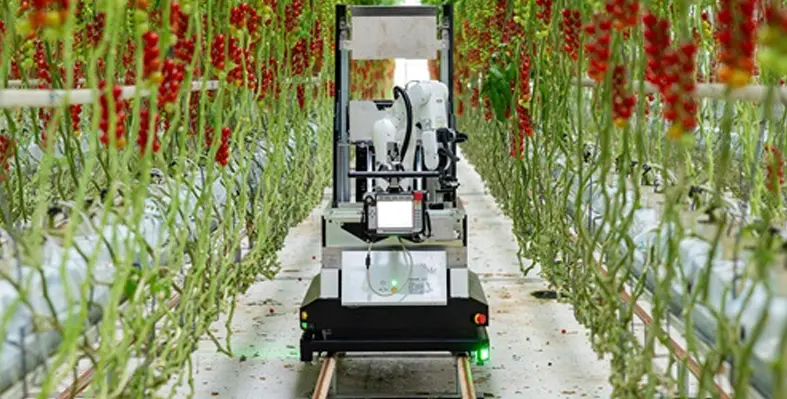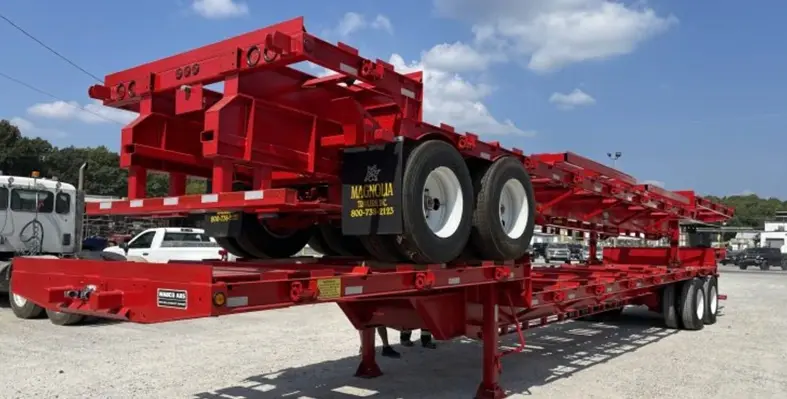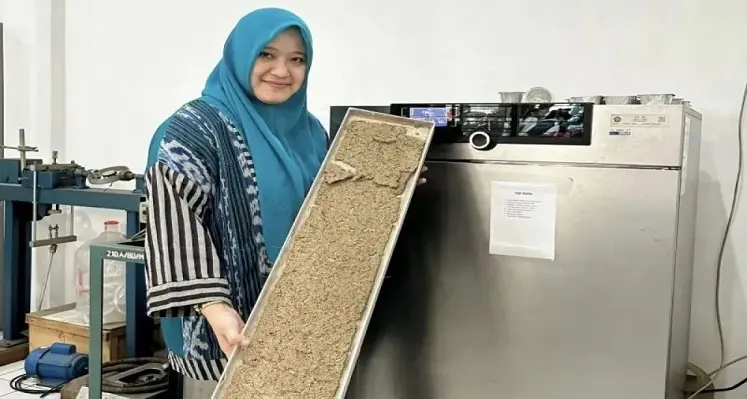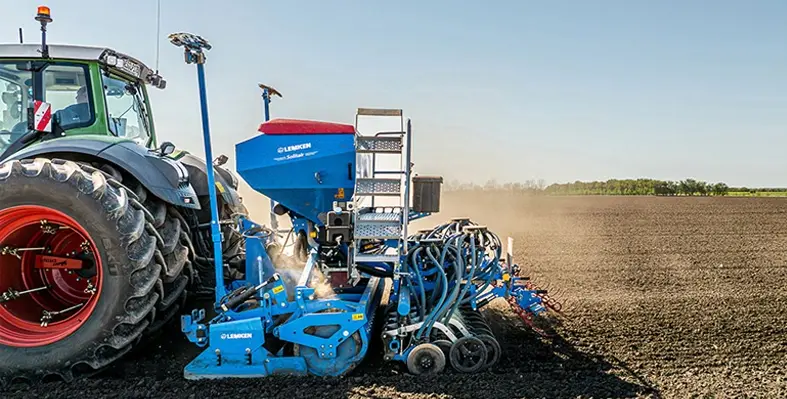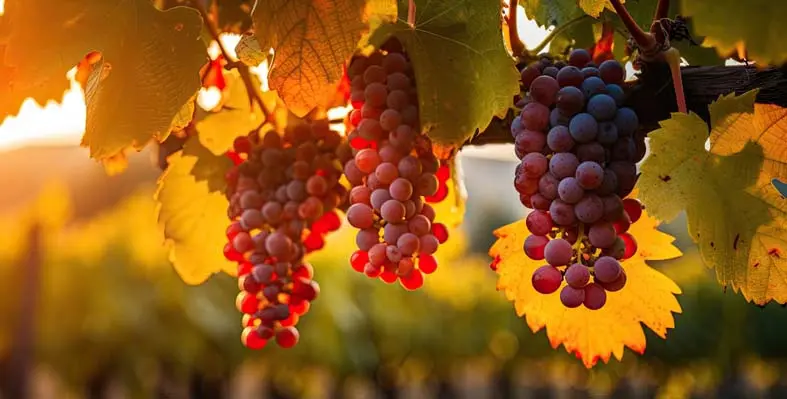DENSO CORPORATION and its group company, Certhon Build BV have designed an innovative robot that can perform a series of cherry truss tomato harvesting tasks in a fully automatic manner
The fully automated cherry truss tomato harvesting robot, Artemy can perform a series of cherry truss tomato harvesting tasks:
- Automatic Harvesting Function: It automatically runs on a running lane and uses AI to determine the ripeness of cherry truss tomatoes. Only ripe tomatoes are selected, and cherry truss tomato peduncles are cut using scissors attached to the top of the harvesting robot arm and stored in the loaded crates.
- Automatic Lane Change Function: Artemy uses sensing technology to recognise obstacles in the path and the running lane to which it is traveling so it can move safely and accurately to adjacent running lanes even in trackless environment.
- Automatic Crates Replacement: Artemy automatically replaces a full crate.
- Automatic Crates Transfer: When all six crates are loaded, Artemy automatically moves to the trolley where the empty crates are placed and replaces all the crates at once.
Since Artemy has replaceable batteries, it can run for longer periods without down time for charging. It is also equipped with a cluster and a peduncle detection LED to achieve a highly accurate harvest under direct sunlight during the day and under supplemental lighting during the night. These functions enable continuous operation throughout the day and night, helping increase operational efficiency, address potential labour shortages and significantly reduce heavy work for farmers.
“DENSO's expertise in mobility and manufacturing, encompassing image recognition, safe driving, and robotics, is integrated into all of Artemy's operations, from the automatic harvesting of cherry truss tomato to the automatic lane changes," said DENSO's senior executive officer in charge of the Food Value Chain Business Development Division, Hidehiro Yokoo. "Going forward, DENSO will continue to combine its technology with Certhon's cultivation know-how and horticulture technology to achieve the stable production that DENSO and Certhon aim for worldwide, making it possible for ‘Growing anything, anywhere. For everyone.'”



